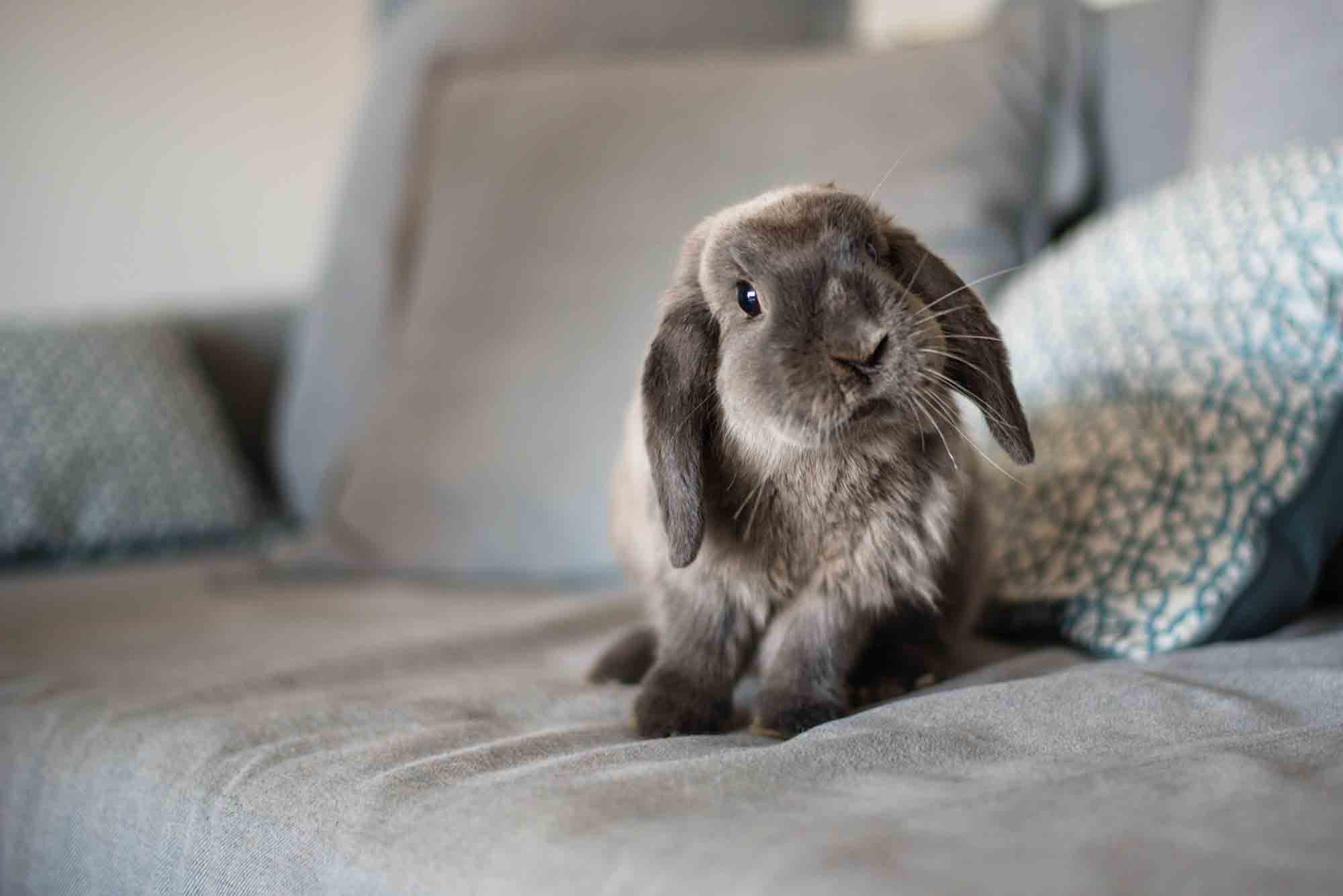

No other species is quite so noted for their ability to reproduce as the rabbit. However, while it may seem like rabbits only exist to make more rabbits, this is far from true. Moreover, when we bring these wascally fur-friends into our homes as pets, it’s just as important that we curb their “natural tendencies” as we would with any cat or dog. How do you go about that? Read on as we demystify rabbit breeding.
When it comes to understanding rabbit reproduction, many pet owners are a little lost on whether or not spaying or neutering their bunny is even an option. If this sounds a little like you, never fear—and look no further than Pets in Stitches as your expert resource.
Rabbit Breeding
Rabbits are able to become pregnant early in life, with some smaller breeds starting their reproductive life stage as early as 4 months of age. A female rabbit is fertile for all but about 3 days per month, but will only produce an egg for insemination when mated by a male rabbit in sexual intercourse.
Once impregnated, a mother rabbit is expectant for about 32 days and, on average, will have a litter of about six (or so) young; although it is possible for a litter to top fourteen babies.
After birth, the mother rabbit can become impregnated again almost immediately. This means that, in theory, a female could have a litter every month of the year. It’s no wonder that rabbits have quite the reputation for making babies!
Why Spay and Neuter
Spaying or neutering rabbits is beneficial to both the rabbits’ health, and the rabbit’s caretaker. Bunnies who have been spayed or neutered:
- Live longer and healthier lives due to lower risk of certain cancers and infections of the uterus
- Exhibit less aggressive tendencies (particularly in male rabbits, although females in false pregnancies may also be aggressive)
- Suffer from fewer fight-inflicted wounds (see above)
- Typically have a calmer demeanor, making for better housemates
- Have less chance of exhibiting bothersome habits, such as chewing, digging, biting, or urine spraying
- May be easier to litter train
- Tend to have a less intense odor
- Can engage in social behaviors with other rabbits more safely, making multiple bunny households a possibility
Most importantly, perhaps, is that a rabbit who has been spayed or neutered won’t contribute to bunny overpopulation issues. Shelters accept and often euthanize many surrendered pet rabbits every year. Others are abandoned outdoors, which makes it difficult for the rabbits to survive in an environment they are not prepared for.
Bunnies at Pets in Stitches
Spaying or neutering rabbits is something that should be done by an experienced rabbit veterinarian. Luckily, Pets in Stitches has an exceptional amount of experience in spaying and neutering rabbits.
We recommend spaying or neutering your rabbit between 4 and 6 months of age, when sexual maturity is achieved. Under general anesthesia, the uterus and ovaries in the female, or the testicles in the male, are removed. A tattoo is then placed near the incision to make it clear that the rabbit has been altered and prevent possible unnecessary surgeries later in life.
Most rabbits recover quickly from surgery with a little postoperative TLC from their owners. We are happy to guide you through what will be needed at home, including incision care and pain management. With our help, your rabbit will bounce back in no time at all.
Please call us today for more information about the services we provide for rabbits. We are proud to be able to offer quality, affordable service to help better bunny-kind.
